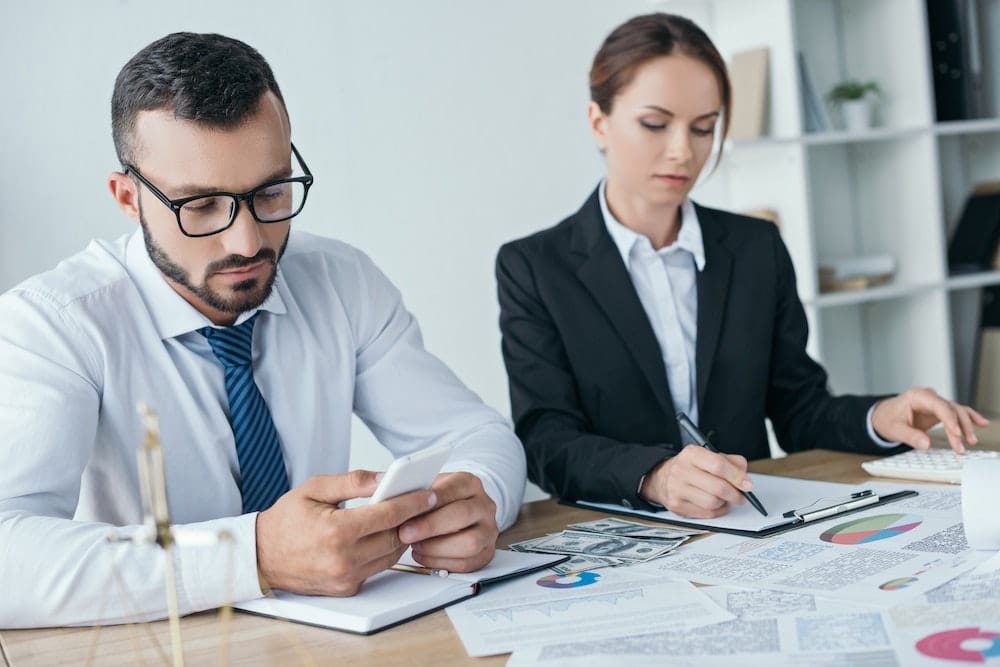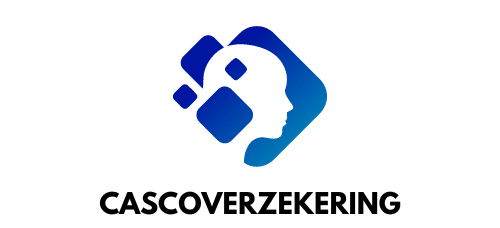What are the Financial Benefits of Green Roof Installation for Building Owners?

Green roofs are not just about aesthetics or sustainability. They play a vital role in the financial viability of the urban infrastructure. They provide a wide range of benefits to building owners and the city as a whole, from reducing energy costs to improving air quality and stormwater management. Now, let’s delve into the financial benefits that green roof installations can bring to the building owners.
Saving On Energy Costs
Green roofs can significantly reduce the energy costs of a building. The vegetation layer acts as a natural insulator, reducing the amount of heat that enters the building during the summer and the amount of heat that escapes during the winter.
Topic to read : How Can Real Estate Investors Profit from Developing Co-Working Spaces in Suburban Areas?
In warmer climates, a green roof can lower the air temperature around the rooftop, reducing the need for air conditioning. On colder days, the green roof acts as an insulation barrier, reducing the heat loss and therefore the heating costs.
A study conducted by the National Research Council of Canada showed that green roofs reduce the demand for air conditioning by up to 75%. This translates into significant savings on energy bills, especially for larger buildings with substantial roof areas.
Also to discover : How to Invest in Real Estate within the Vicinity of Upcoming UK Infrastructure Projects for Maximum ROI?
Reduction in Stormwater Management Costs
Stormwater management is a significant cost for many urban areas, particularly those prone to heavy rainfall or flooding. Green roofs can absorb and retain up to 70-90% of rainfall, significantly reducing the amount of runoff that needs to be managed.
This can translate into substantial savings for building owners. Not only can it reduce the costs associated with stormwater management infrastructure, but it can also reduce the risk of water damage to buildings.
The absorption capacity of green roofs can also delay the time it takes for stormwater to reach the sewers, reducing the risk of sewer overload during heavy rainfall. This can help municipalities avoid expensive upgrades to their stormwater systems, providing another potential source of cost savings.
Lowering Maintenance Costs
Green roofs have longer lifespans than conventional ones. The vegetation layer protects the waterproofing membrane from ultraviolet radiation and extreme temperature changes, extending its lifespan.
This results in lower maintenance and replacement costs over the long term. A conventional roof may need to be replaced every 15-20 years, while a well-maintained green roof can last more than 40 years.
While the initial installation cost of a green roof can be higher than a conventional roof, the maintenance costs are relatively low. Once established, the vegetation requires minimal care, and large-scale repairs are rarely needed.
Increasing Building Value and Tenant Appeal
Given the growing demand for sustainable buildings, having a green roof can significantly increase the value of a property. It can also make a building more attractive to potential tenants, especially in corporate and commercial sectors where sustainability is becoming a significant factor.
A green roof can provide a pleasant outdoor space for building occupants, improving their satisfaction and productivity. This can translate into higher rental rates and lower tenant turnover, both of which can contribute to a healthier bottom line for building owners.
Incentives and Tax Benefits
Many cities offer financial incentives for installing green roofs, recognizing their benefits for urban environments. These incentives can take various forms, including grants, tax credits, or reductions in stormwater fees.
For instance, Portland, Oregon, offers a "Floor Area Ratio" bonus, allowing buildings with green roofs to have more total floor area. In New York City, property owners can receive a tax abatement of $4.50 per square foot of green roof installed, up to $100,000.
In addition to direct incentives, green roofs can contribute to obtaining certifications like the Leadership in Energy and Environmental Design (LEED), which can increase a building’s value and appeal to tenants.
In conclusion, green roofs provide significant financial benefits to building owners. They can lower energy and maintenance costs, reduce stormwater management expenses, increase property values, and provide access to financial incentives. While green roofs require an initial investment, the long-term savings, and benefits they offer make them a wise choice for building owners interested in sustainability and cost efficiency.
Mitigating Urban Heat Island Effect and Improving Air Quality
The Urban Heat Island effect is a prevalent issue in modern cities, where concrete and asphalt structures trap and radiate heat, significantly increasing the local temperature. The installation of green roofs, either extensive green or intensive green, can effectively mitigate this issue.
Green roofs, with their growing medium and vegetation, can significantly reduce the roof surface temperature and hence the surrounding air temperature. This reduction in heat can potentially decrease the overall energy consumption for air conditioning within the building, further enhancing energy efficiency.
Simultaneously, green roofs play a crucial role in improving air quality, a persistent issue in urban areas. The vegetation layer present on green roofs absorbs harmful pollutants and releases oxygen, improving the overall air quality. Plus, they help in reducing noise pollution due to their sound-absorbing properties.
Thus, the installation of green roofs contributes to a healthier and more eco-friendly living environment, which is an increasingly important factor for potential tenants and property buyers.
Enhancing Biodiversity and Providing Aesthetic Value
Apart from the tangible financial benefits, green roofs provide added value by enhancing biodiversity and providing aesthetic appeal.
Urban areas often lack green spaces, resulting in a sharp decline in local biodiversity. The installation of green roofs creates a habitat for a variety of plants, insects, and birds, thereby supporting biodiversity.
Additionally, a well-maintained planted roof can significantly improve the aesthetics of a building, contributing to an overall positive building image. This can increase the appeal of the building for potential tenants and buyers, potentially leading to higher rental rates and property values.
In conclusion, the benefits green roofs offer extend beyond mere financial gains. They play a pivotal role in combating urban environmental issues like the Urban Heat Island effect and poor air quality. Green roofs also enhance the aesthetic appeal of buildings and support biodiversity. While the initial cost of roof installation might be higher, the life cycle cost benefits, coupled with the environmental and aesthetic benefits, make green roofs an ideal choice for building owners. Therefore, installing green roofs is a wise, future-oriented decision that contributes to sustainability while providing significant financial advantages.
